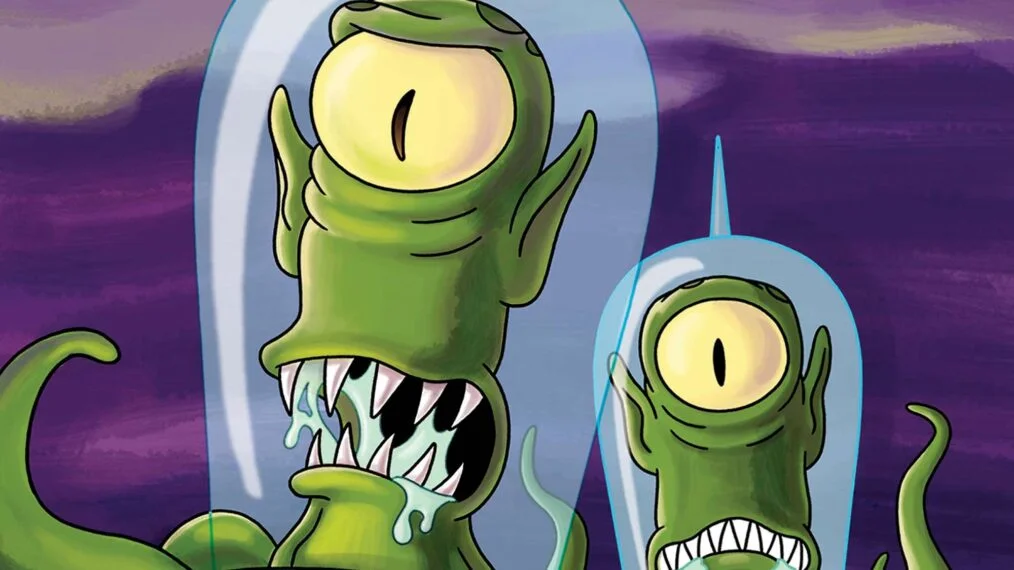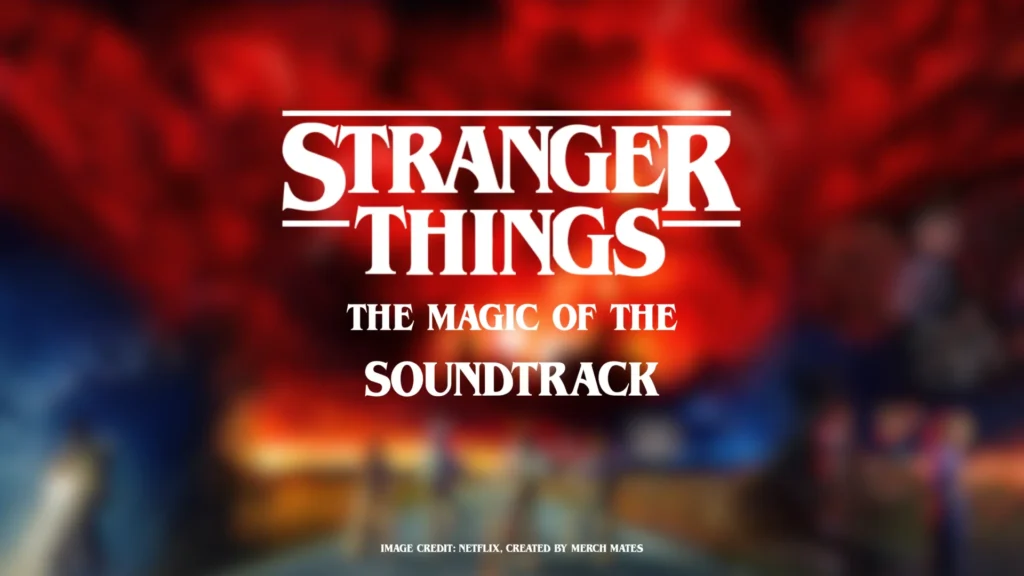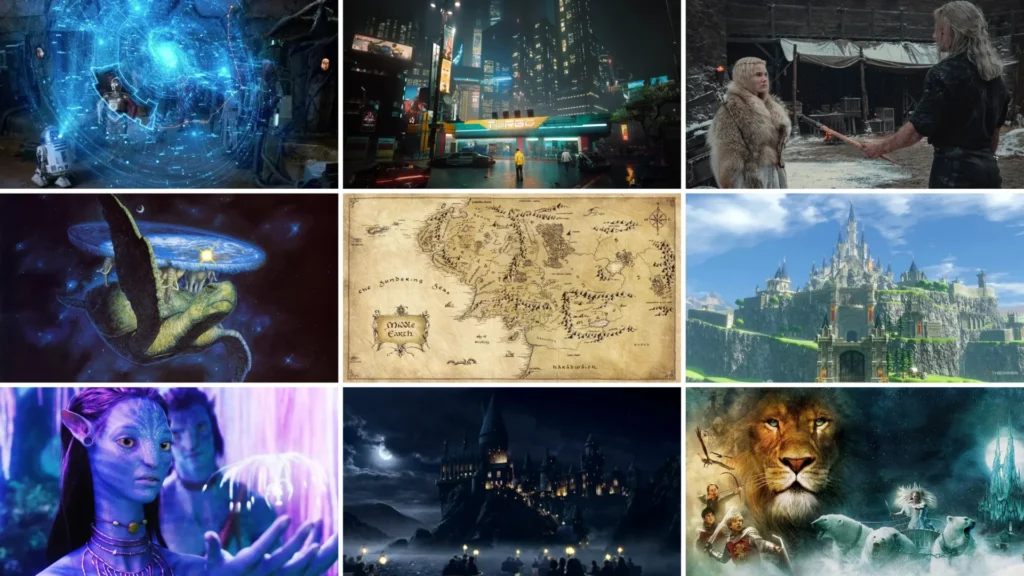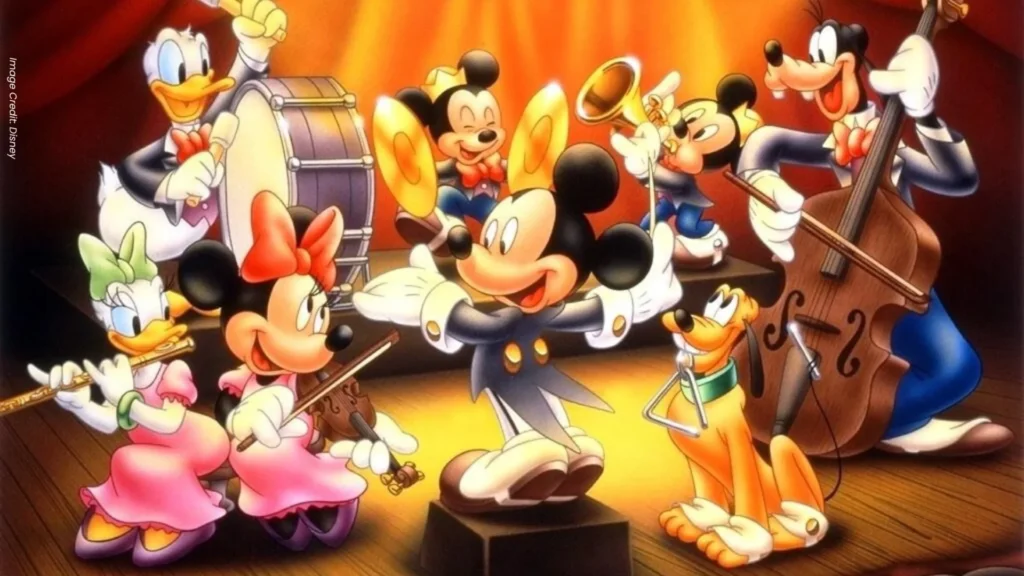For over three decades, “The Simpsons” has been a cultural touchstone, but perhaps no tradition within the show has been more beloved than the annual “Treehouse of Horror” Halloween specials. These non-canonical episodes have given the writers free rein to explore horror, science fiction, and fantasy genres while maintaining the sharp wit and social commentary that made the show legendary. With over 30 Treehouse of Horror episodes produced since 1990, ranking the best is no easy task, but we’ve compiled the definitive list of the 20 greatest instalments that showcase the perfect blend of scares, laughs, and cultural parody.
20. Treehouse of Horror XIV (Season 15, 2003)
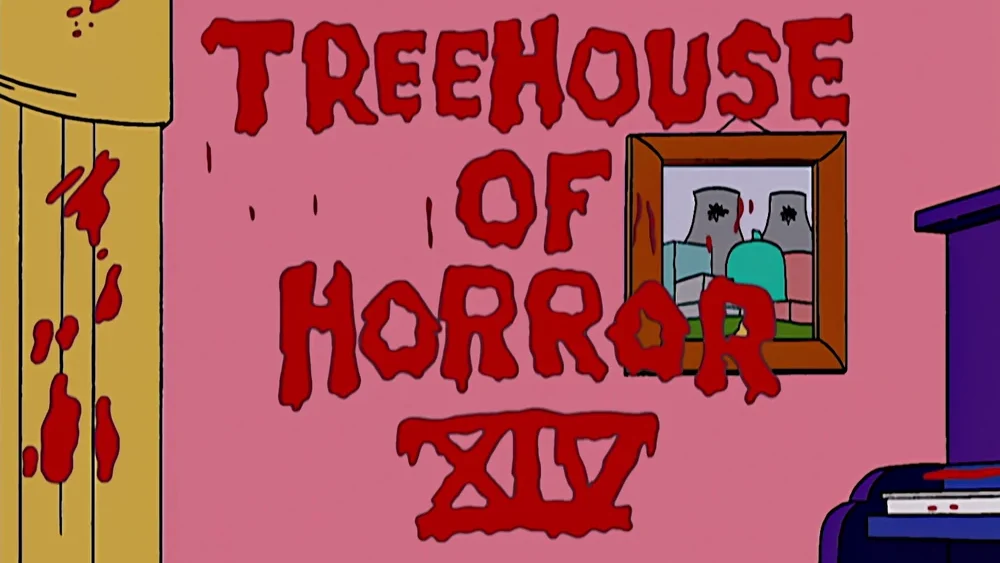
- Reaper Madness – Homer kills the Grim Reaper and must take his place
- Frinkenstein – Professor Frink resurrects his father in a Frankenstein parody
- Stop the World, I Want to Goof Off – Bart and Milhouse discover a time-stopping watch
While Season 15 marked a period when many fans felt the show’s golden age had passed, “Treehouse of Horror XIV” proved the Halloween specials could still deliver memorable moments. “Reaper Madness” brilliantly plays with mortality and Homer’s characteristic laziness as he proves too incompetent even for death itself. “Frinkenstein” offers surprising pathos through John Frink Sr.’s voice work, creating a touching yet disturbing narrative about a son reconnecting with his father. Though “Stop the World, I Want to Goof Off” isn’t the strongest closer in Treehouse history, it features creative visual gags exploring the consequences of unlimited power in children’s hands.
19. Treehouse of Horror XXI (Season 22, 2010)
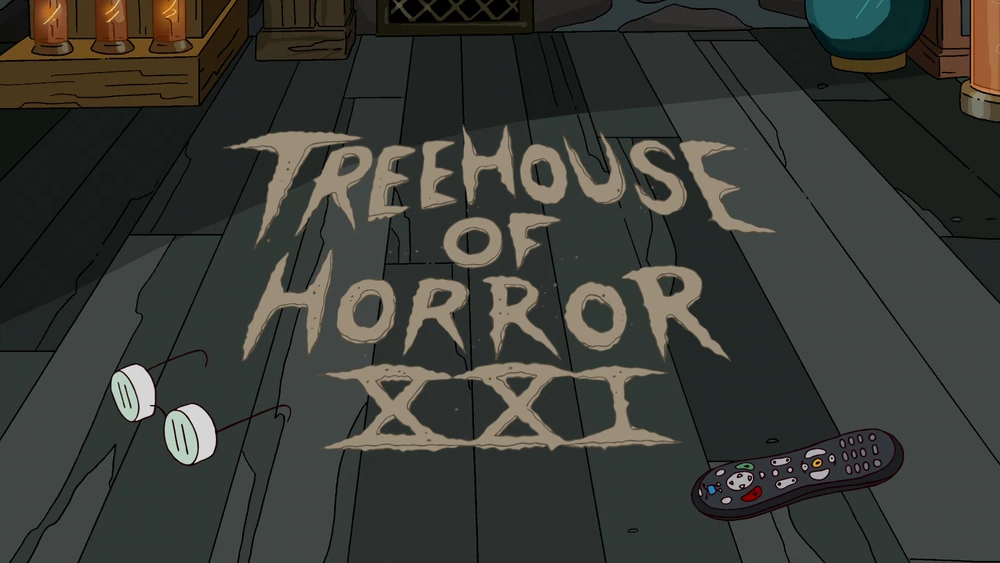
- War and Pieces – Board games come to life and force the Simpsons to play for survival
- Master and Cadaver – Marge murders Homer and is haunted by his ghost in a “Tell-Tale Heart” parody
- Tweenlight – A Twilight parody featuring Lisa’s vampire romance and Milhouse as a werewolf
“Treehouse of Horror XXI” arrived during a renaissance period for the Halloween specials, proving that even in later seasons, the writers could craft compelling horror parodies. “War and Pieces” showcases impressive visual creativity, particularly in the Yahtzee sequence, while cleverly referencing everything from Monopoly to Trivial Pursuit. “Master and Cadaver” works because it taps into genuine relationship frustrations while pushing them to murderous extremes, with Marge’s descent into paranoia being both funny and genuinely unsettling. “Tweenlight” benefits from not taking itself seriously and fully committing to the absurdity of its source material.
18. Treehouse of Horror XVII (Season 18, 2006)
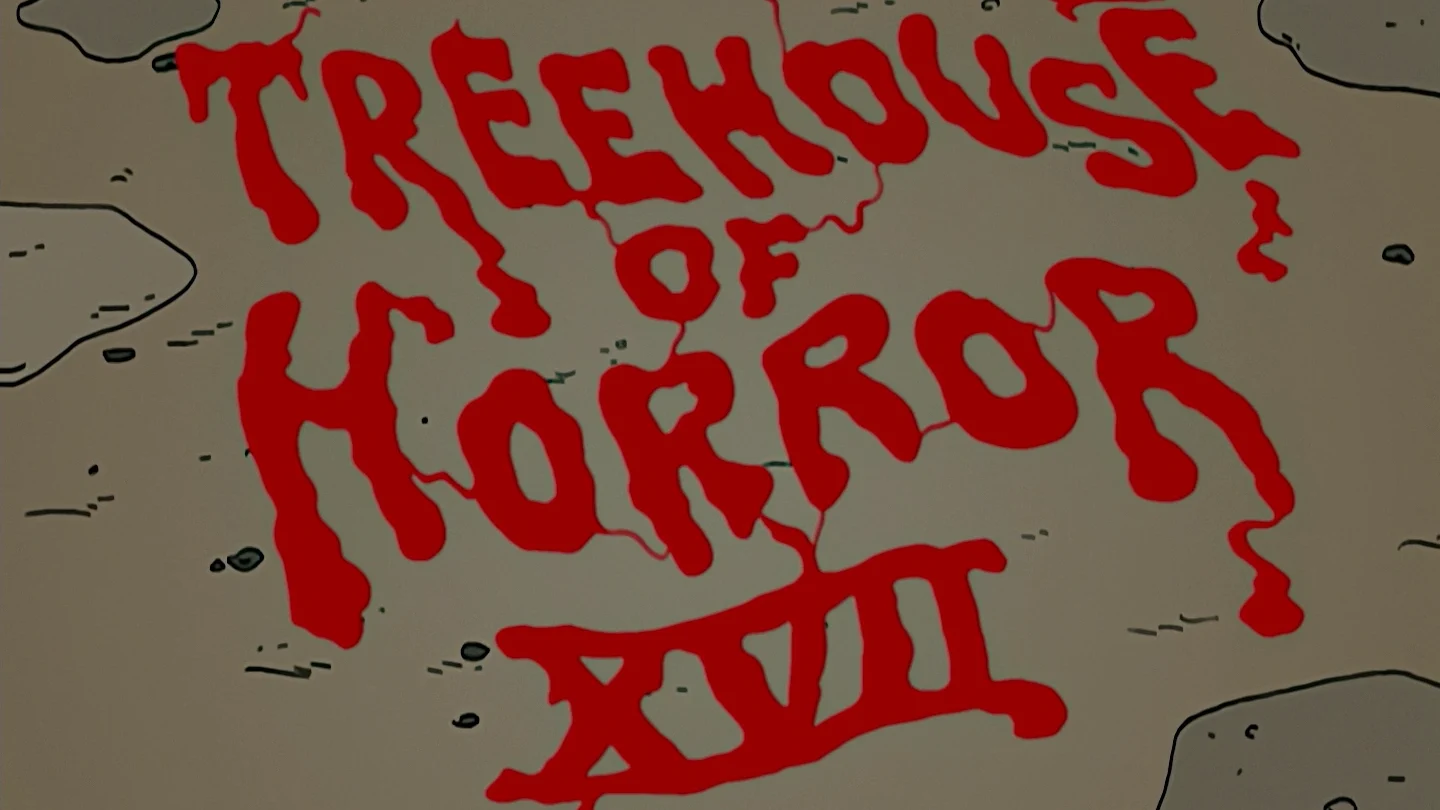
• Married to the Blob – Homer becomes a blob-like creature consuming everything after eating mysterious goo
• You Gotta Know When to Golem – Bart controls a golem from Jewish folklore
• The Day the Earth Looked Stupid – Springfield in 1938 reacts to Orson Welles’ “War of the Worlds” broadcast
Season 18’s Halloween offering demonstrates that even in the show’s declining years, the Treehouse episodes maintained higher quality standards. “Married to the Blob” works as both monster movie parody and commentary on American overconsumption, with Homer growing grotesque while maintaining his essential character. “You Gotta Know When to Golem” stands out for its cultural specificity and surprisingly nuanced exploration of power and responsibility, with the golem’s romance subplot adding unexpected sweetness. “The Day the Earth Looked Stupid” cleverly parallels 1938 panic with modern political commentary, particularly regarding the Iraq War.
17. Treehouse of Horror XXIV (Season 25, 2013)
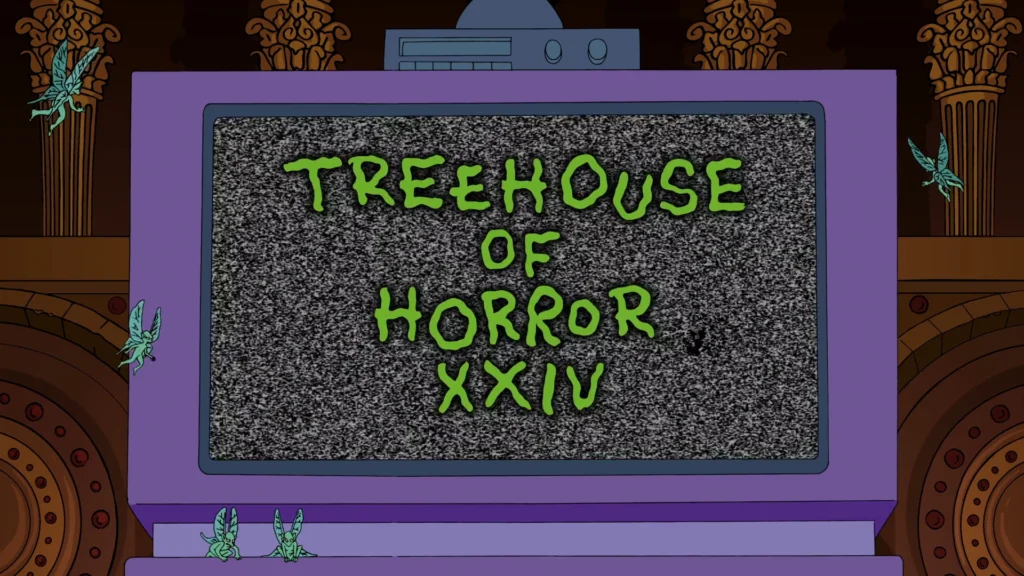
• Oh the Places You’ll D’oh! – A Dr. Seuss parody with rhyming dialogue throughout
• Dead and Shoulders – Bart’s head is attached to Lisa’s body after a tragic accident
• Freaks No Geeks – The Simpsons reimagined as Depression-era circus freaks
“Treehouse of Horror XXIV” showcases the show’s ability to adapt beloved children’s literature into something delightfully twisted. “Oh the Places You’ll D’oh!” demonstrates impressive writing craft, maintaining Seussian rhythm while incorporating Simpsons-specific humor, with visuals that perfectly mimic the distinctive aesthetic. “Dead and Shoulders” presents one of the more creative recent concepts, exploring themes of identity and bodily autonomy in ways both thoughtful and grotesque. “Freaks No Geeks” benefits from its period setting and genuine pathos, with Marge’s strongwoman and Homer’s seal-man creating a touching romance amid the grotesquery.
16. Treehouse of Horror XVI (Season 17, 2005)
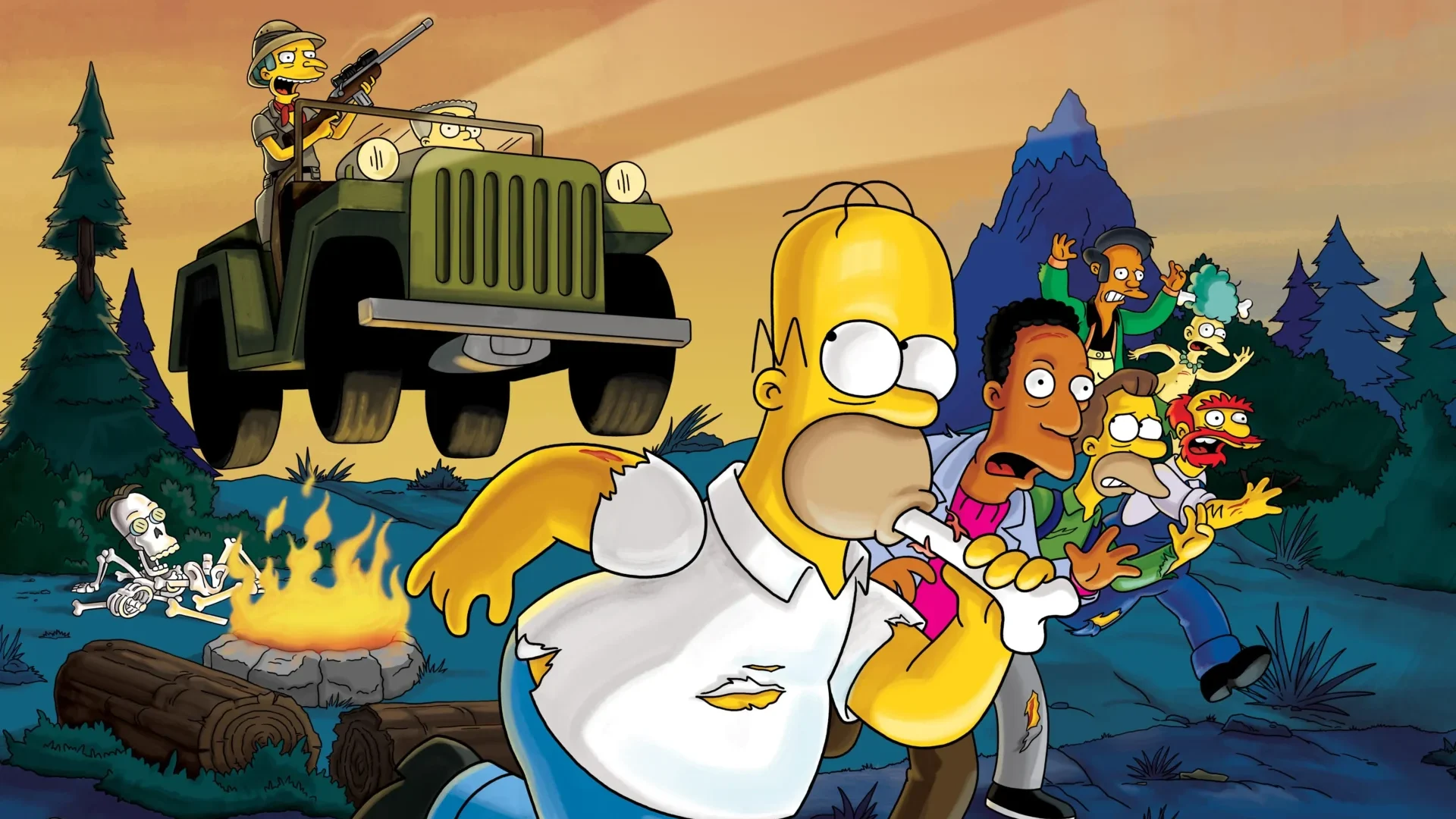
• B.I.: Bartificial Intelligence – Bart falls into a coma and is replaced by a robot son
• Survival of the Fattest – Mr. Burns hunts Springfield residents in a “Most Dangerous Game” parody
• I’ve Grown a Costume on Your Face – A witch’s curse transforms residents into their Halloween costumes
Season 17’s Halloween special opens with a parody of “A.I. Artificial Intelligence” that improves upon Spielberg’s original by injecting genuine humor and heart. David, the robot Bart, is simultaneously creepy and sympathetic, providing one of the more emotionally resonant endings in Treehouse history. “Survival of the Fattest” delivers sharp social commentary about class warfare with surprisingly well-executed action sequences and genuine tension. “I’ve Grown a Costume on Your Face” allows for creative character designs and explores how costume choices reflect inner selves, with time-travel complications creating additional comedic opportunities.
15. Treehouse of Horror XXVIII (Season 29, 2017)
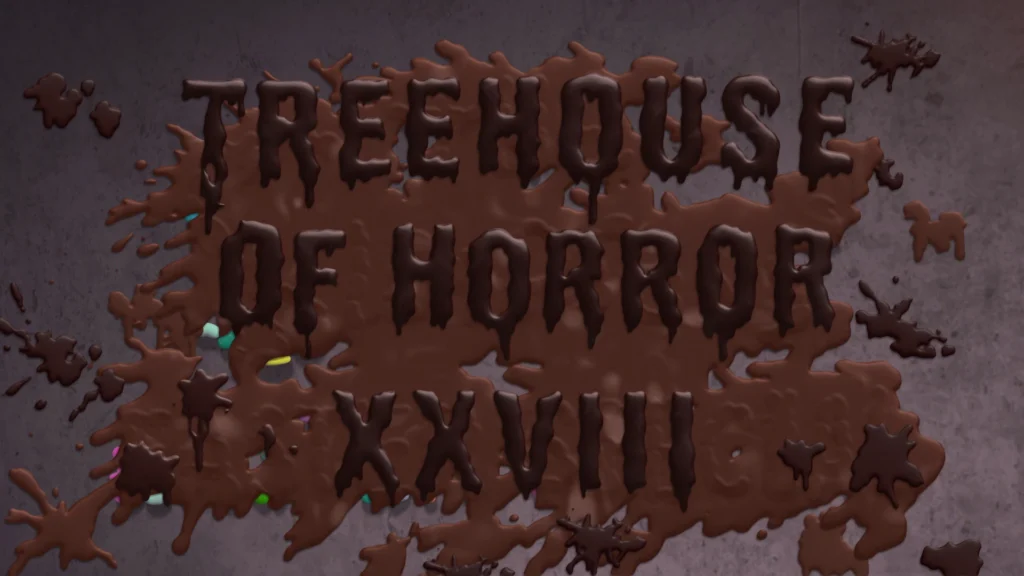
• The Exor-Sis – Maggie becomes possessed in an “Exorcist” parody
• Coralisa – Lisa discovers a perfect alternate universe through a secret door
• MMM… Homer – Homer grows to enormous size and battles giant monsters in a Godzilla parody
“Treehouse of Horror XXVIII” demonstrates that even in Season 29, the Halloween specials could deliver fresh, creative content. “The Exor-Sis” commits to recreating “The Exorcist’s” atmosphere with cinematography that mimics Friedkin’s classic shots and doesn’t shy away from genuinely disturbing imagery. “Coralisa” captures the uncanny valley feeling where everything seems better but feels fundamentally wrong, with button-eyed alternate family members appropriately creepy. “MMM… Homer” delivers lovingly rendered kaiju battle sequences with clear homages to classic Toho films, giving the segment an epic quality that many Treehouse segments lack.
14. Treehouse of Horror XX (Season 21, 2009)
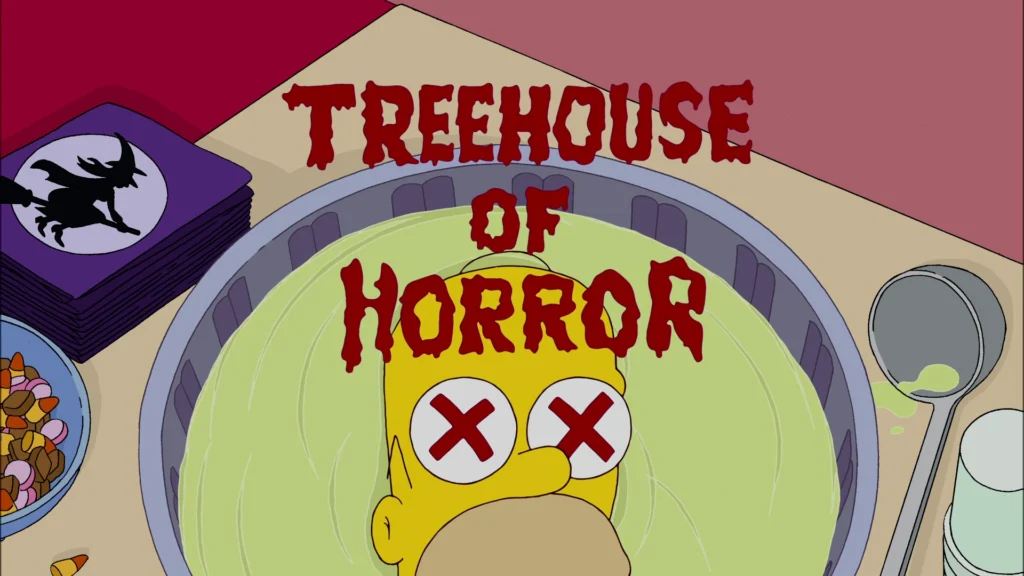
• Dial ‘M’ for Murder or Press ‘#’ to Return to Main Menu – Lisa and Bart’s Hitchcock-inspired murder plots against each other
• Don’t Have a Cow, Mankind – A zombie apocalypse caused by Krusty Burger, with Bart immune
• There’s No Business Like Moe Business – Moe’s Tavern becomes a Sweeney Todd-style murder factory
The twentieth Treehouse of Horror episode delivers sophisticated visual storytelling with split-screen homage to classic thrillers, black-and-white cinematography, and Bernard Herrmann-style score. “Don’t Have a Cow, Mankind” works as both zombie horror and corporate satire, skewering fast food culture while delivering genuine scares, with Bart’s immunity giving him rare heroic status. “There’s No Business Like Moe Business” features genuinely catchy musical numbers with clever lyrics, and Moe’s unrequited love for Marge provides emotional motivation for his crimes in this theatrically presented segment.
13. Treehouse of Horror XI (Season 12, 2000)
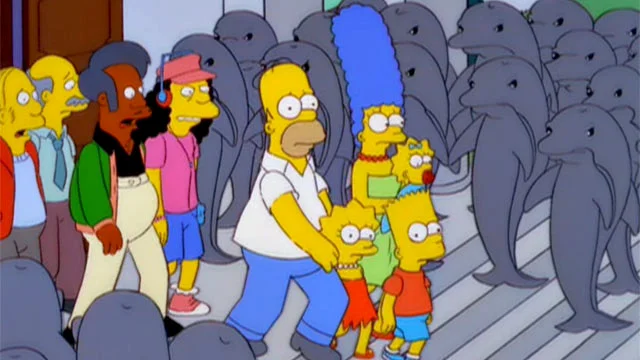
• G-G-Ghost D-D-Dad – Homer must perform one good deed in 24 hours to avoid eternal damnation
• Scary Tales Can Come True – The Simpsons reimagined in a Grimm’s fairy tale world
• Night of the Dolphin – Dolphins rise up to reclaim the land from humans
“Treehouse of Horror XI” creates genuine tension through time-pressure structure, with Homer’s struggles to do something selfless providing both comedy and character insight. “Scary Tales Can Come True” beautifully realizes a fairy tale aesthetic with storybook-style backgrounds, blending multiple stories into a cohesive narrative where the dark humor of original Grimm tales meshes perfectly with the show’s sensibility. “Night of the Dolphin” delivers its environmental message with appropriate absurdity, with the image of dolphins walking on their tails through Springfield both ridiculous and oddly threatening.
12. Treehouse of Horror XIX (Season 20, 2008)
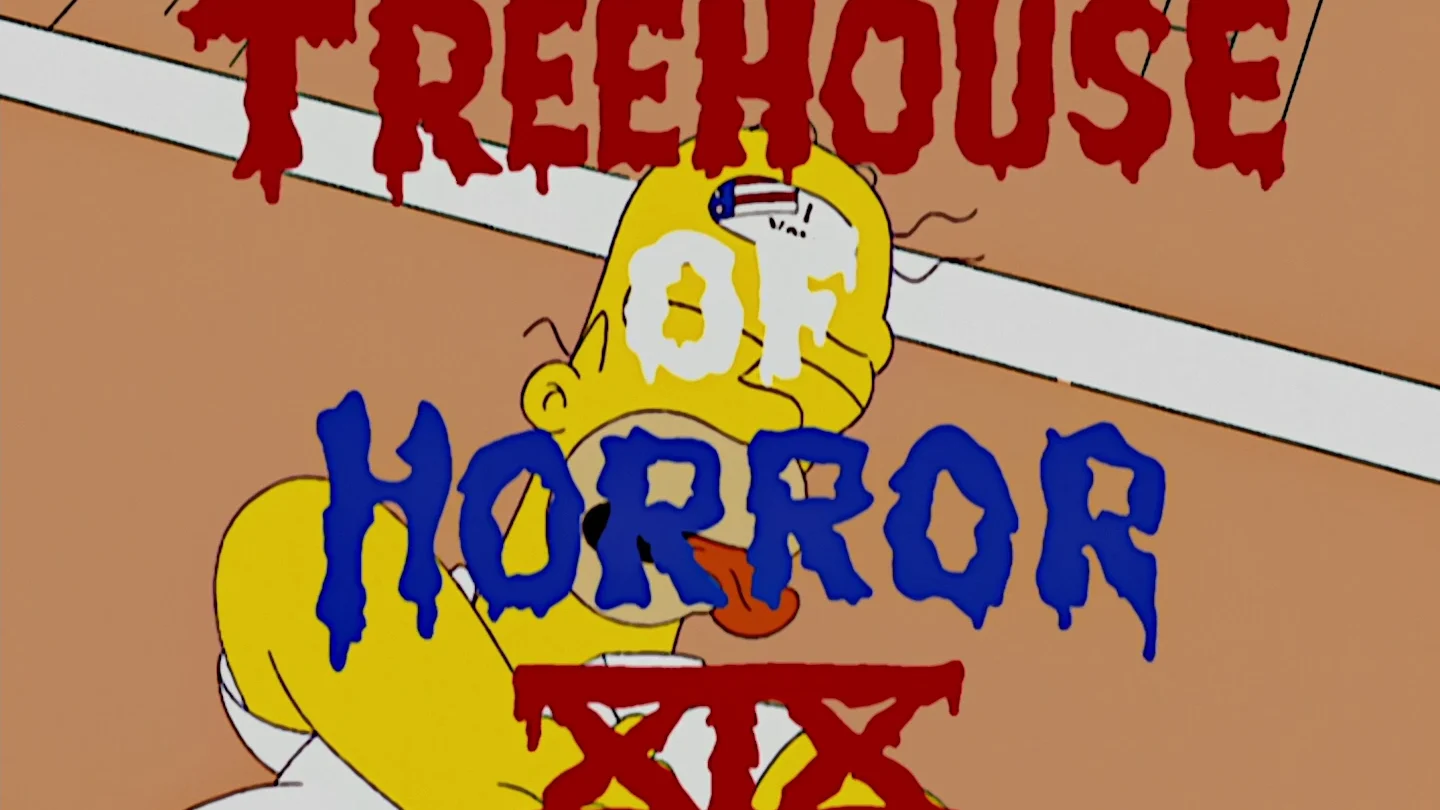
• Untitled Robot Parody – A Transformers spoof where Bart’s Christmas gift is an actual alien robot
• How to Get Ahead in Dead-Vertising – Advertisers murder celebrities so their images can be used freely
• It’s the Grand Pumpkin, Milhouse – Milhouse accidentally summons a vengeful pumpkin deity
Season 20’s Halloween special arrived at the perfect cultural moment with its Transformers parody, featuring impressively animated robot battles that rival Michael Bay’s spectacle while surpassing them in coherence. “How to Get Ahead in Dead-Vertising” presents a brilliantly dark concept, demonstrating the show’s continued edge by showing beloved celebrities killed for commercial purposes. “It’s the Grand Pumpkin, Milhouse” expertly transforms from gentle Peanuts homage to apocalyptic horror, with the Grand Pumpkin’s rampage through Springfield both terrifying and hilarious.
11. Treehouse of Horror X (Season 11, 1999)
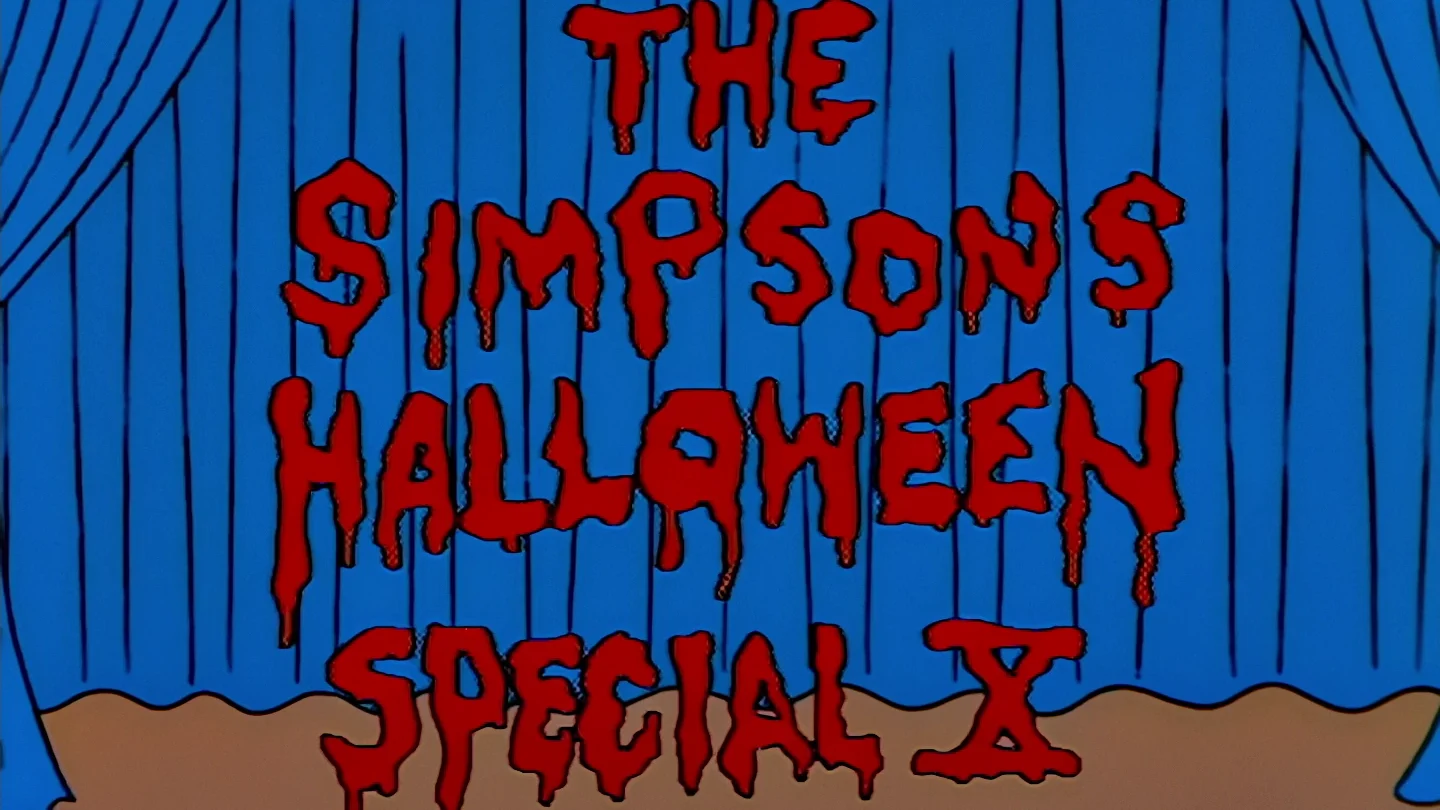
• I Know What You Diddily-Iddily-Did – The Simpsons accidentally kill Ned Flanders and cover it up
• Desperately Xeeking Xena – Bart and Lisa gain superpowers and become rival superheroes
• Life’s a Glitch, Then You Die – Homer’s incompetence causes a Y2K apocalypse
“Treehouse of Horror X” represents the last Halloween special of the show’s golden age. The opening segment creates genuine guilt and paranoia, particularly for Marge, with the mysterious stalking figure building real tension. “Desperately Xeeking Xena” works as both superhero parody and sibling conflict story, with powers amplifying typical arguments to world-threatening levels and meta-commentary about fan culture. “Life’s a Glitch, Then You Die” captures millennium bug panic perfectly, with the rocket ship escape plan creating opportunities for social satire about who society values.
10. Treehouse of Horror VIII (Season 9, 1997)
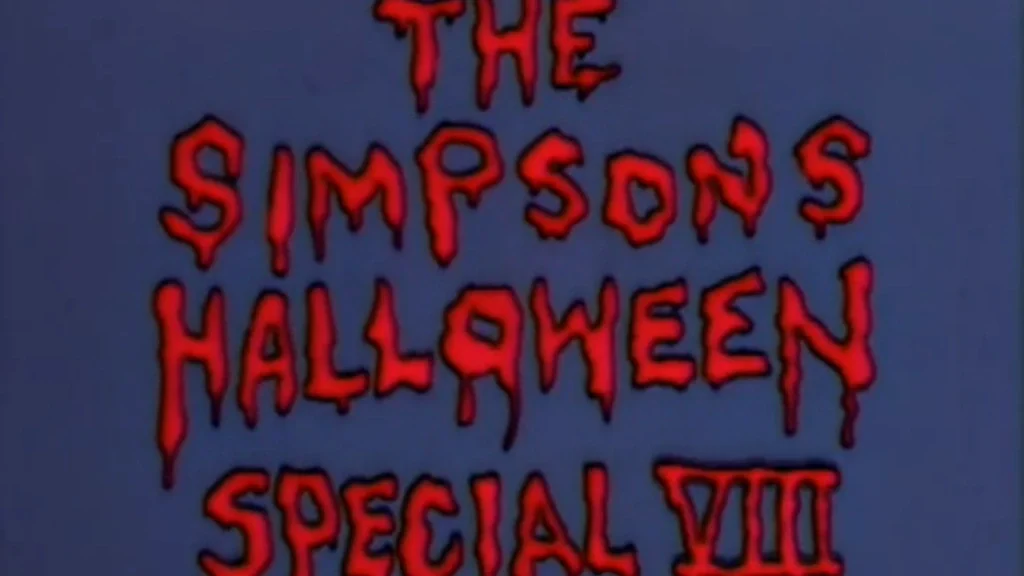
• The Homega Man – Homer becomes the last man in Springfield after a nuclear blast
• Fly vs. Fly – Bart accidentally merges with a fly in a teleportation experiment
• Easy-Bake Coven – A colonial Springfield witch trial parody explaining Halloween’s origins
Season 9’s Halloween offering allows for creative visual design with a destroyed Springfield that’s both haunting and darkly funny. “Fly vs. Fly” plays body horror elements for maximum grotesqueness, with Bart’s transformation into a fly-human hybrid genuinely disturbing and the segment never letting horror overwhelm humor. “Easy-Bake Coven” creates a satisfying arc with Marge’s persecution and eventual embrace of actual witchcraft, providing a clever mythological explanation for Halloween trick-or-treating when the witches agree to accept candy instead of eating children.
9. Treehouse of Horror XIII (Season 14, 2002)
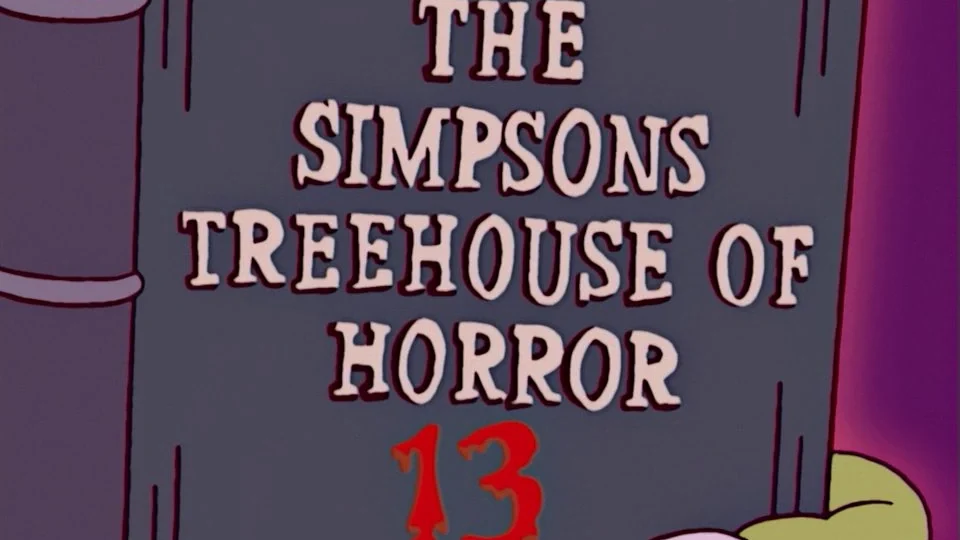
• Send in the Clones – Homer discovers a hammock that creates duplicates of himself
• The Fright to Creep and Scare Harms – Springfield was built on a cemetery, and the dead rise to reclaim their land
• The Island of Dr. Hibbert – Dr. Hibbert creates animal-human hybrids on a remote island
“Treehouse of Horror XIII” explores multiplication and chaos theory with escalating comedy as hundreds of Homers overrun Springfield, each maintaining the original’s personality for exponential stupidity. “The Fright to Creep and Scare Harms” taps into genuine civic guilt about historical injustices, with the zombies’ grievances presented as legitimate and the resolution satirizing both zombie fiction and political integration. “The Island of Dr. Hibbert” features creative and disturbing creature designs, with Marge’s transformation into a panther-woman adding sexual tension unusual for the show.
8. Treehouse of Horror VII (Season 8, 1996)
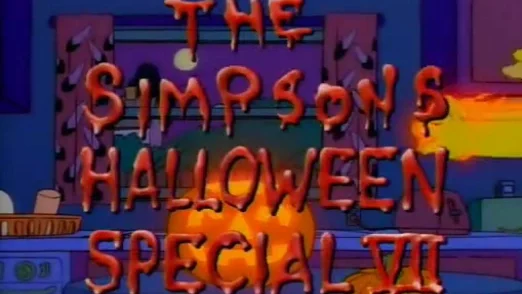
• The Thing and I – Bart’s conjoined twin Hugo is revealed, separated at birth and kept in the attic
• The Genesis Tub – Lisa accidentally creates life in a science project and is worshiped as god
• Citizen Kang – Kang and Kodos replace presidential candidates Clinton and Dole
Season 8’s Halloween special delivers one of the most memorable moments in Treehouse history with the twist that Bart was actually the evil twin. “The Genesis Tub” explores creation, evolution, and divine responsibility with remarkable sophistication, creating perfect sibling rivalry dynamics on a cosmic scale. “Citizen Kang” remains relevant decades later with its commentary on the illusion of choice in two-party systems, and the line “Don’t blame me, I voted for Kodos” has become iconic.
7. Treehouse of Horror XII (Season 13, 2001)
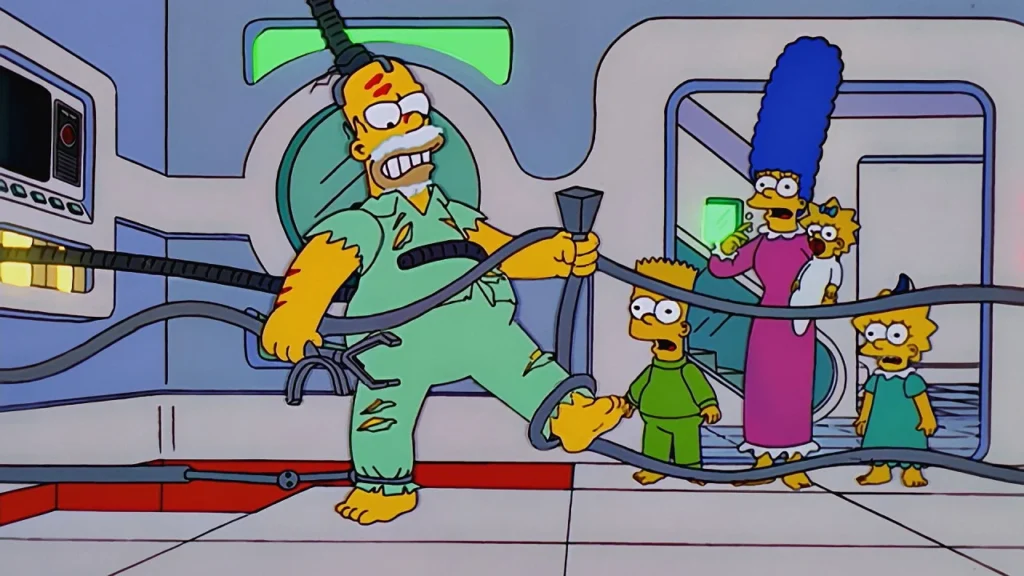
• Hex and the City – A gypsy curses Homer, transforming everyone he loves
• House of Whacks – A smart house becomes obsessed with Marge and tries to kill Homer
• Wiz Kids – Bart and Lisa attend a magic school in a “Harry Potter” parody
“Treehouse of Horror XII” allows for creative variety with each curse creating a new scenario, showcasing the animation team’s imagination through transformations like Marge as a centaur and Bart and Lisa as half-snail creatures. “House of Whacks” benefits from Pierce Brosnan’s voice work as the house, adding charm and menace in equal measure as the house’s increasingly desperate attempts to win Marge’s affection escalate perfectly. “Wiz Kids” arrived at the height of Potter-mania, capturing the franchise’s appeal while mocking its tropes, with elaborate magical effects demonstrating the show’s continued technical excellence.
6. Treehouse of Horror III (Season 4, 1992)
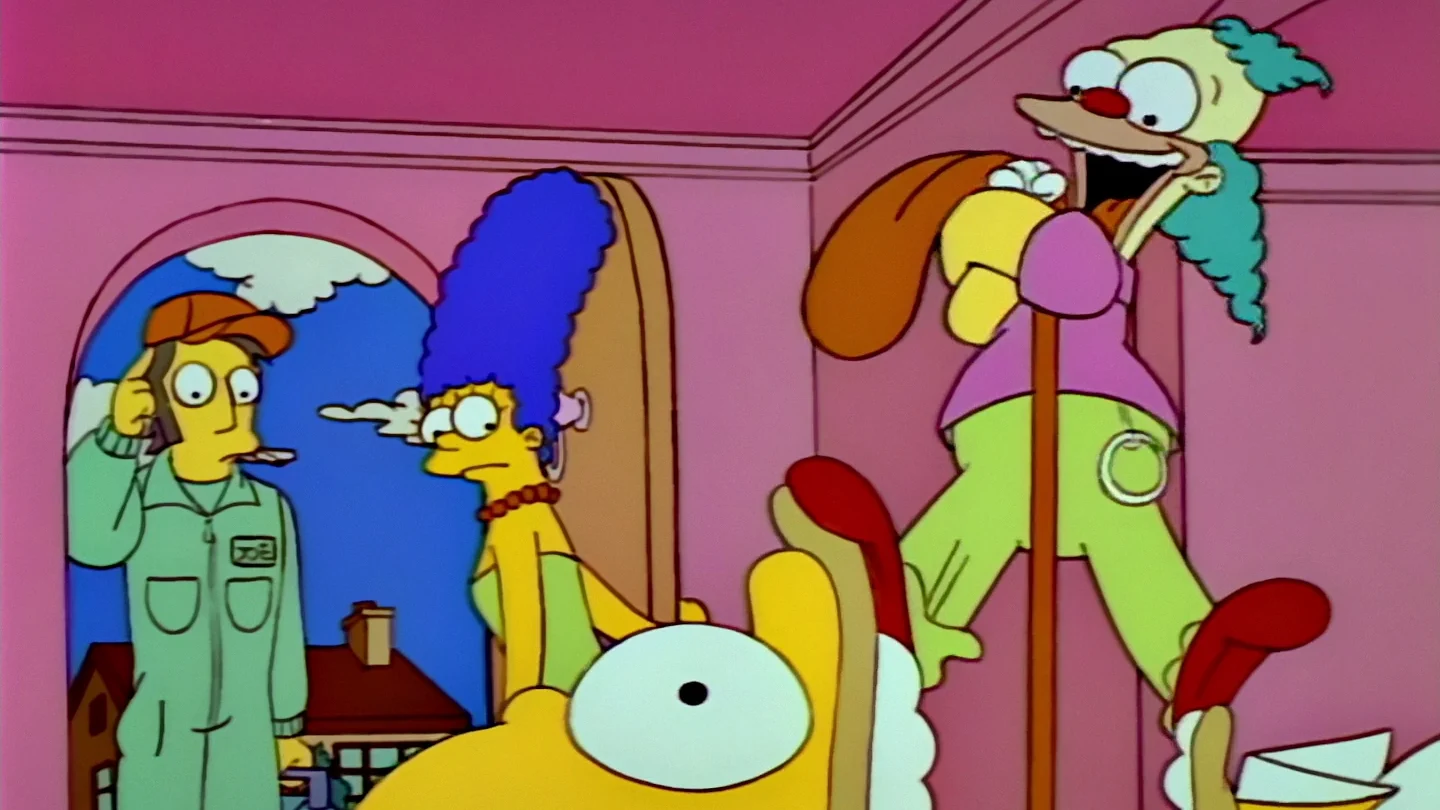
• Clown Without Pity – A cursed Krusty doll tries to kill Homer
• King Homer – A King Kong parody with Homer as the giant ape and Marge as Ann Darrow
• Dial ‘Z’ for Zombies – Bart accidentally raises the dead while trying to resurrect Snowball I
Season 4’s Halloween special features impeccable pacing in “Clown Without Pity,” building tension before releasing it with perfectly timed jokes, with the reveal that the doll was set to “evil” mode providing perfect anticlimax. “King Homer” creates authentic 1930s atmosphere with period setting and black-and-white cinematography, making Homer somehow more sympathetic as a giant ape. “Dial ‘Z’ for Zombies” is one of the most beloved Treehouse segments ever, with genuinely grotesque zombie designs creating real tension and the family’s fight for survival delivering action-comedy perfectly.
5. Treehouse of Horror VI (Season 7, 1995)
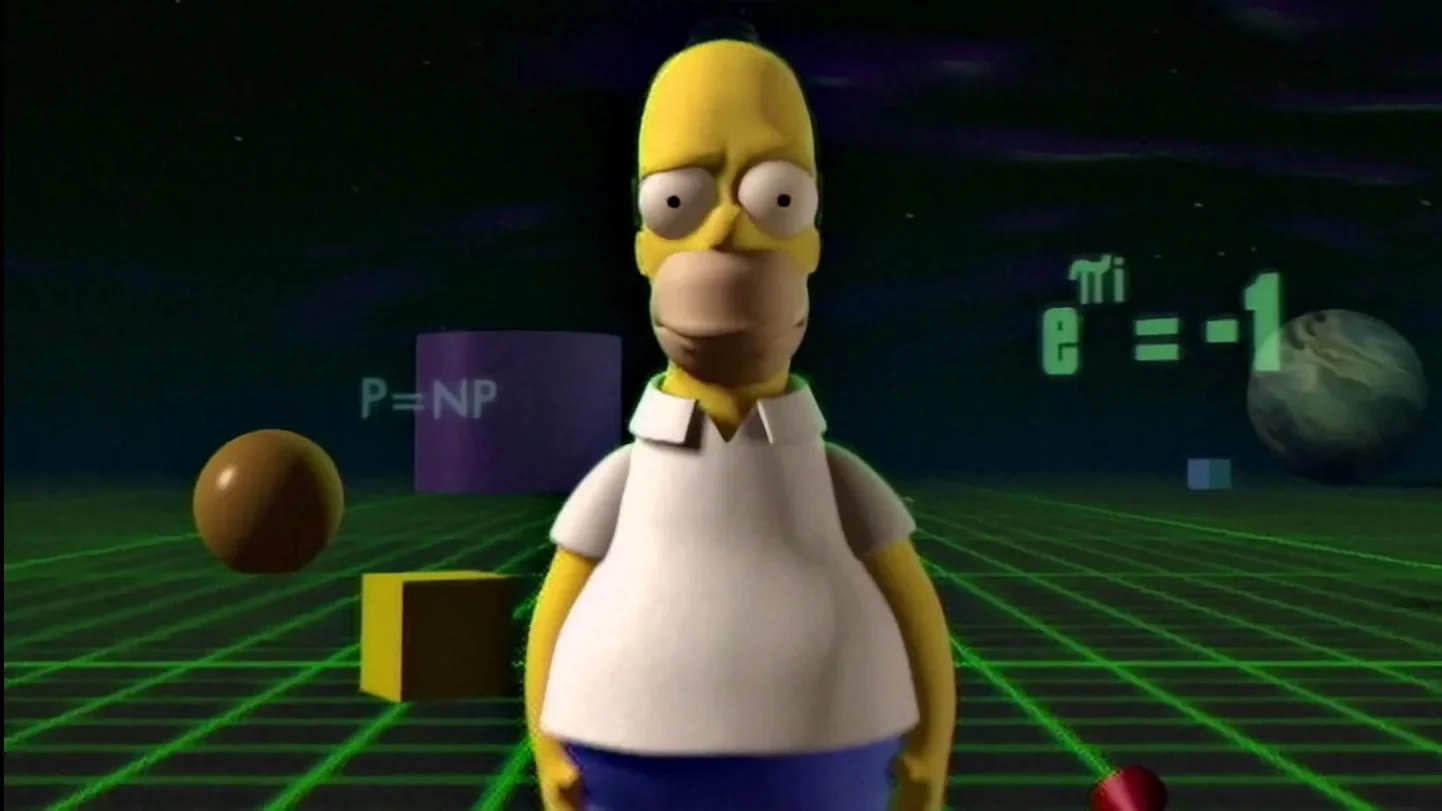
• Attack of the 50-Foot Eyesores – Lisa grows to enormous size after exposure to mysterious fog
• Nightmare on Evergreen Terrace – Groundskeeper Willie becomes a Freddy Krueger-style dream killer
• Homer³ – Homer discovers a three-dimensional world behind a bookcase portal
Season 7’s Halloween offering focuses on Lisa’s feelings of powerlessness made literal, with her rampage being targeted frustration at dismissive authority figures. “Nightmare on Evergreen Terrace” is genuinely frightening, with Willie’s burned appearance and Scottish-accented threats creating a unique villain, and dream logic allowing for creative set pieces including the iconic sandbox emergence. “Homer³” was groundbreaking for 1995, using computer-generated animation to create visual fascination through the contrast between 2D Springfield and the 3D realm, with the ending blurring the line between animation and reality.
4. Treehouse of Horror IV (Season 5, 1993)
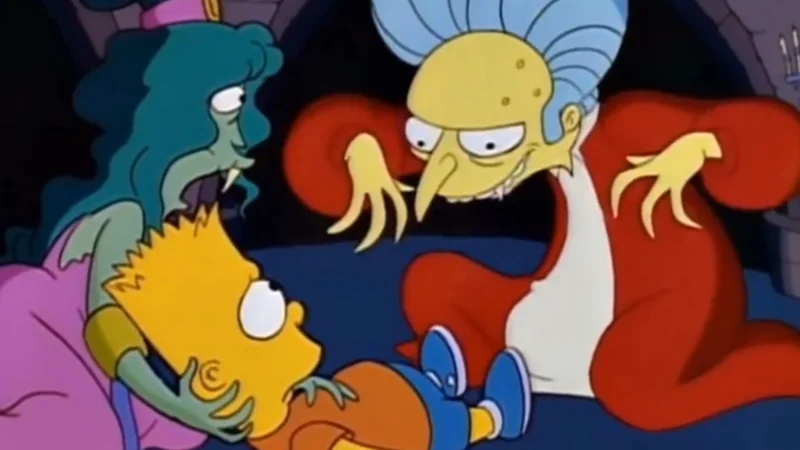
• The Devil and Homer Simpson – Homer sells his soul to the Devil (Ned Flanders) for a donut
• Terror at 5½ Feet – Bart sees a gremlin destroying the school bus in a “Nightmare at 20,000 Feet” parody
• Bart Simpson’s Dracula – Mr. Burns is revealed as a vampire prince
Season 5’s Halloween special explores temptation perfectly—of course Homer would damn himself for a donut—with the trial sequence creating opportunities for historical humor and Marge’s revelation providing romantic resolution. “Terror at 5½ Feet” creates genuine tension through claustrophobic setting and Bart’s increasing desperation, with the ending providing dark irony: he was right, but being right doesn’t matter if no one believes you. “Bart Simpson’s Dracula” works as both Dracula parody and corporate satire, with multiple twist reveals creating narrative complexity unusual for these specials.
3. Treehouse of Horror (Season 2, 1990)
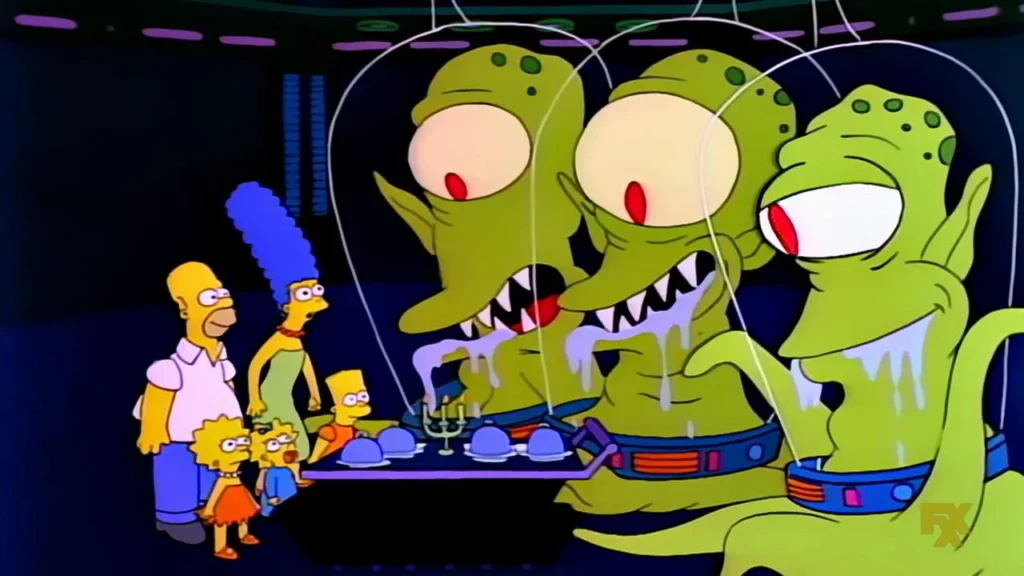
• Bad Dream House – The family moves into a haunted house with malevolent consciousness
• Hungry Are the Damned – Kang and Kodos abduct the family, claiming to want to serve them
• The Raven – A surprisingly faithful adaptation of Edgar Allan Poe’s poem
The original “Treehouse of Horror” established the template for three decades of Halloween specials. “Bad Dream House” takes horror elements seriously while maintaining humor, with the house self-destructing because it can’t stand the family’s bickering providing perfect satirical commentary. “Hungry Are the Damned” inverts the expected “To Serve Man” narrative, with the aliens genuinely wanting to help but being offended by accusation. “The Raven” demonstrates the show’s range by maintaining Poe’s language and structure while adding visual Simpsons humor, proving the show could engage with classical literature.
2. Treehouse of Horror V (Season 6, 1994)
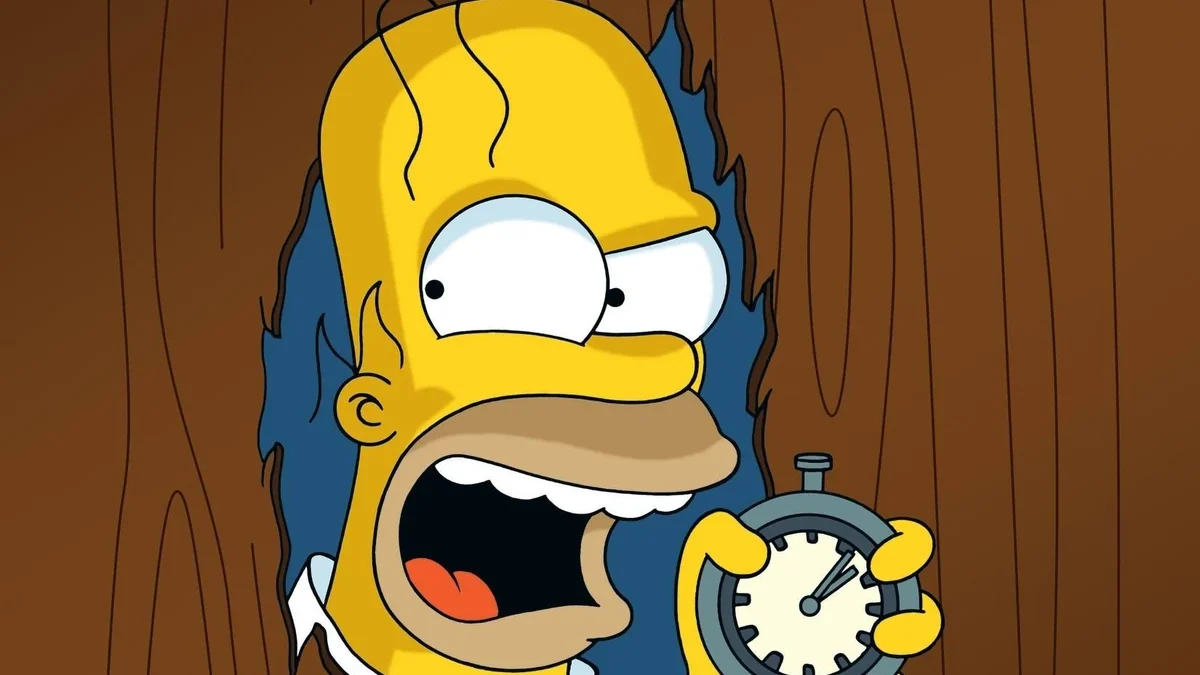
• The Shinning – Homer descends into madness at an isolated hotel in a “The Shining” parody
• Time and Punishment – Homer accidentally creates a time machine, leading to multiple alternate timelines
• Nightmare Cafeteria – Budget cuts force the school to cook and serve detention students
Season 6’s Halloween offering is widely considered the pinnacle of the Treehouse format. “The Shinning” rivals Kubrick’s original for iconic imagery, with impeccable recreation of cinematography and “No TV and no beer make Homer go crazy” becoming one of the most quoted lines in the show’s history. “Time and Punishment” explores the butterfly effect with each alternate reality distinctly realized, from dystopian Flanders dictatorship to donut rain, with Homer’s decision to settle for “close enough” perfectly capturing his character. “Nightmare Cafeteria” delivers sharp social commentary about educational funding with genuine dread as students disappear.
1. Treehouse of Horror II (Season 3, 1991)
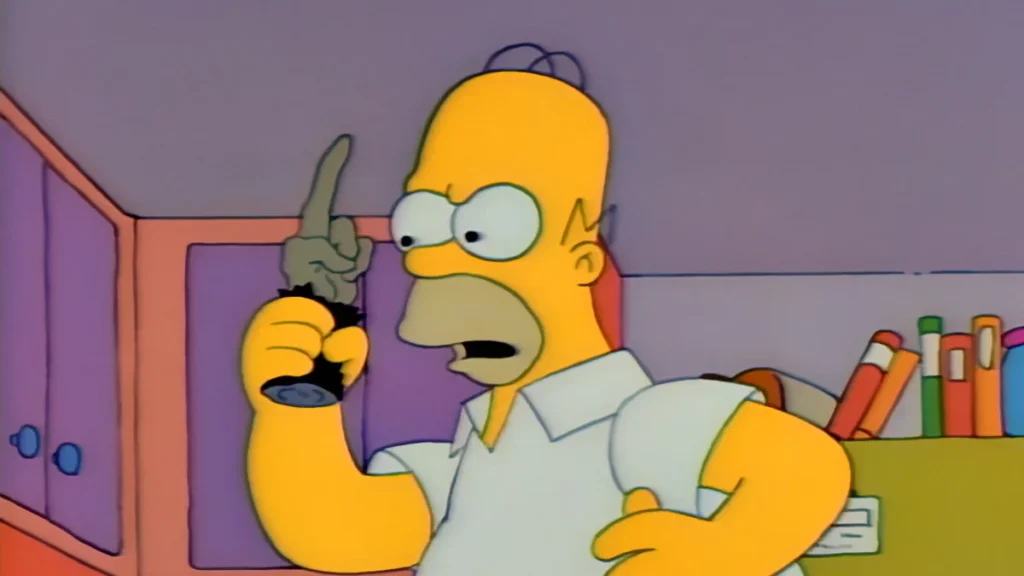
• Lisa’s Nightmare – The family receives a cursed monkey’s paw that grants wishes with terrible consequences
• Bart’s Nightmare – Bart gains omnipotent mental powers in an “It’s a Good Life” parody
• Homer’s Dream – Mr. Burns creates a robot worker using Homer’s brain in a “Frankenstein” parody
“Treehouse of Horror II” claims the top spot for perfecting the format in only its second attempt. “Lisa’s Nightmare” explores unintended consequences perfectly, with each wish backfiring in predictable yet surprising ways and Homer’s turkey sandwich being “a little dry” delivering one of the show’s most perfect anticlimax jokes. “Bart’s Nightmare” is remarkably dark, with Bart’s childish id given unlimited power creating a fascist state of enforced happiness and genuinely disturbing transformations. “Homer’s Dream” merges body horror with pointed social commentary about labor relations, becoming surprisingly touching when the creature seeks love and acceptance. What makes this the definitive Halloween special is its perfect balance of horror, humour, and heart, with animation, voice acting, and writing all peaking simultaneously.
